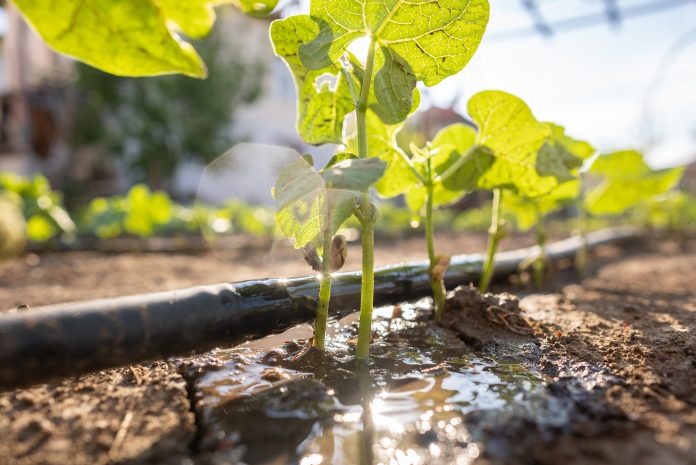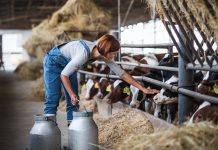Aarthi Janakiraman, Research Director at TechVision, Frost & Sullivan, explores technological advances in irrigation techniques that aid in preserving crop yield and quality in drought-prone areas
Climate change has become a cause of concern across various geographies and demographics. It has resulted in changes in ecological patterns, an extension of arid zones, the depletion of glaciers, and a temperature rise, to name a few. These changes have a far-reaching impact on various key sectors, one being agriculture.
The effect of climate change and global warming has resulted in shifts in the soil ecosystem, including the biome, and a decrease in water resources, amongst others, leading to changes in the soil-water nexus; this has adversely affected crop quality, requiring higher amounts of external intervention such as fertilisers and other crop aids.
This further creates soil ecosystem imbalance, leading to a vicious cycle. The situation is more prominent in regions dependent on seasonal rainfall for agricultural activities and drought-prone areas, leading to crop failure and economic losses. Due to the increasing changes in weather patterns, it’s imperative to adopt agricultural practices that can withstand temperature, water, and cold changes, to name a few.
Irrigation techniques in agriculture
Effective irrigation techniques enable farmers to mitigate some of the challenges associated with water scarcity, especially for perennial crops and drought-prone regions. Several factors influence the choice of the irrigation method, ranging from the type of soil, crop, water availability, and access to other resources.
Growing pressure in Europe regarding water conservation, policies underlining sustainable water practices in agricultural activities, and water conservation strategies have led to many agricultural sector research and innovation activities, especially related to water use for perennial crops, the foremost being irrigation techniques.
Within perennials, it’s a well-known fact that wine-producing regions in Europe and the U.S. have witnessed incidences of drought that have affected grape production and quality, leading to implementing water management strategies that can ensure quality, yield and preserve the vines. Irrigation techniques have played a vital role in the same. European vine growers are actively adopting various emerging irrigation technologies, with drip irrigation as one of the widely used ones.
Drip irrigation is well-established
Drip irrigation has come a long way since its introduction in Israel during the 1950s and 1960s. Drip irrigation is well established, mainly because it can help uniform water distribution, which is especially needed in vineyards. To further improve the effectiveness of drip irrigation, vine growers use soil sensors and automated systems to improve their water management strategies further.
Research efforts from universities such as Washington State University have established subsurface drip irrigation practices that can overcome the challenges of prolonged use of drip irrigation, such as soil clogging and damage of lines due to pests and other factors. Research studies and pilot trials show that subsurface drip irrigation can improve physiological activity while maintaining grape quality.
Studies have also shown the effectiveness of deficit irrigation during growth stages in drought-prone areas to stabilise production; a variant of deficit irrigation, known as partial rootzone irrigation, is being studied for its ability not to cause drought-related stress in vines while helping to optimise yield.
Another advantage of this technique is that it can be used in tandem with other irrigation approaches, including drip, to improve crop water productivity and grape quality. Using regulated deficit irrigation, maintaining soil moisture threshold, and continuous monitoring to modify approaches to save yield and vines have resulted in success stories.
Are irrigation practices alone sufficient for crop productivity?
Despite the positive outcomes of using advanced irrigation techniques, it’s understood that irrigation practices alone are insufficient to ensure crop productivity. Combining fertigation and integrated pest management with irrigation will yield better results while reducing soil nutrient imbalance and ensuring optimal plant growth during the growth phase rather than harvesting stages. Biostimulants can also help manage water stress and provide a more environmentally friendly approach to plant growth.
Combining these practices with automation and continuous monitoring technologies can help meet cost economics and achieve better yield while minimising workload for growers. While drip and sprinkler irrigation techniques are rising, integrating them with other techniques is still nascent. Proven long-term results regarding high yield, cost economics, and water savings can help improve adoption.
An integrated approach that includes educating the farmers on policies and ways to overcome challenges related to climate change, implementing new technologies, and conducting periodic trials to update and modify approaches as needed can help maximise yield and achieve economies of scale.











